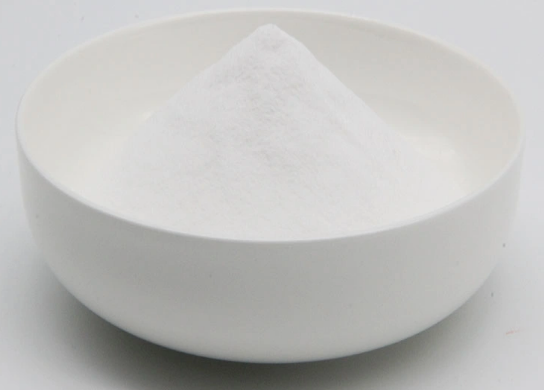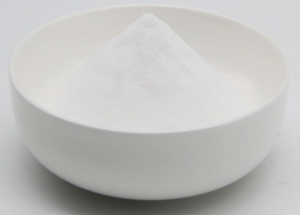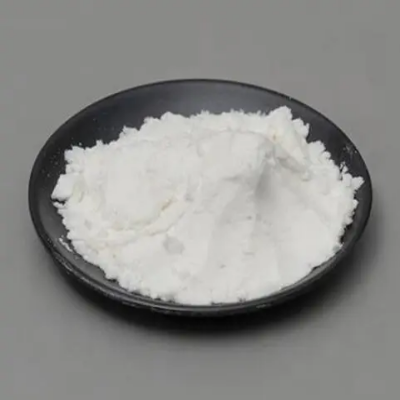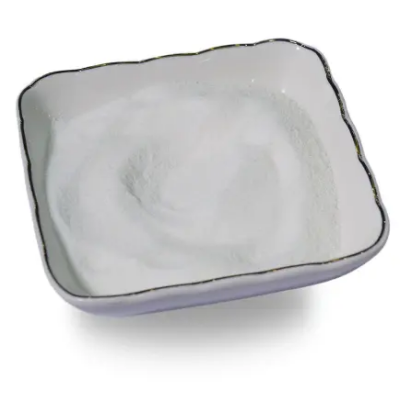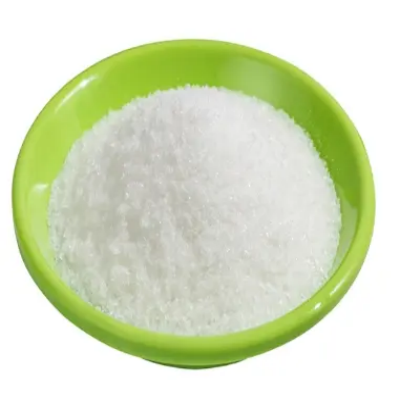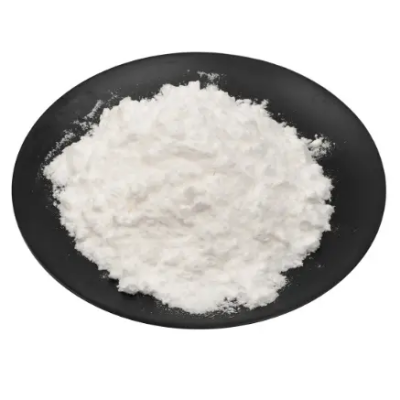Glycylglycine CAS:556-50-3 Manufacturer Price
Protein synthesis: Glycylglycine serves as a building block for proteins and peptides. It is involved in the synthesis of longer amino acid chains, which are essential for the formation of proteins within the body.
Neurotransmitter synthesis: Glycylglycine acts as a precursor for neurotransmitters like glycine and serotonin. These neurotransmitters play crucial roles in the functioning of the nervous system, including signal transmission between nerve cells.
pH regulation: Glycylglycine acts as a buffering agent, helping to maintain the proper pH balance in bodily fluids. It can bind to excess hydrogen ions to stabilize the acid-base equilibrium within the body.
Wound healing and tissue repair: Glycylglycine has been studied for its potential benefits in wound healing and tissue repair processes. It may aid in the formation and regeneration of damaged tissues, contributing to the overall healing process.
Antioxidant properties: Glycylglycine possesses antioxidant properties, which means it can help neutralize harmful free radicals in the body. Antioxidants play a crucial role in protecting cells from oxidative stress and preventing cellular damage.
Research and pharmaceutical applications: Glycylglycine is widely used in research laboratories and pharmaceutical applications. It serves as a reagent in various biochemical studies and plays a role in the development of drugs or therapies targeting specific biological processes.
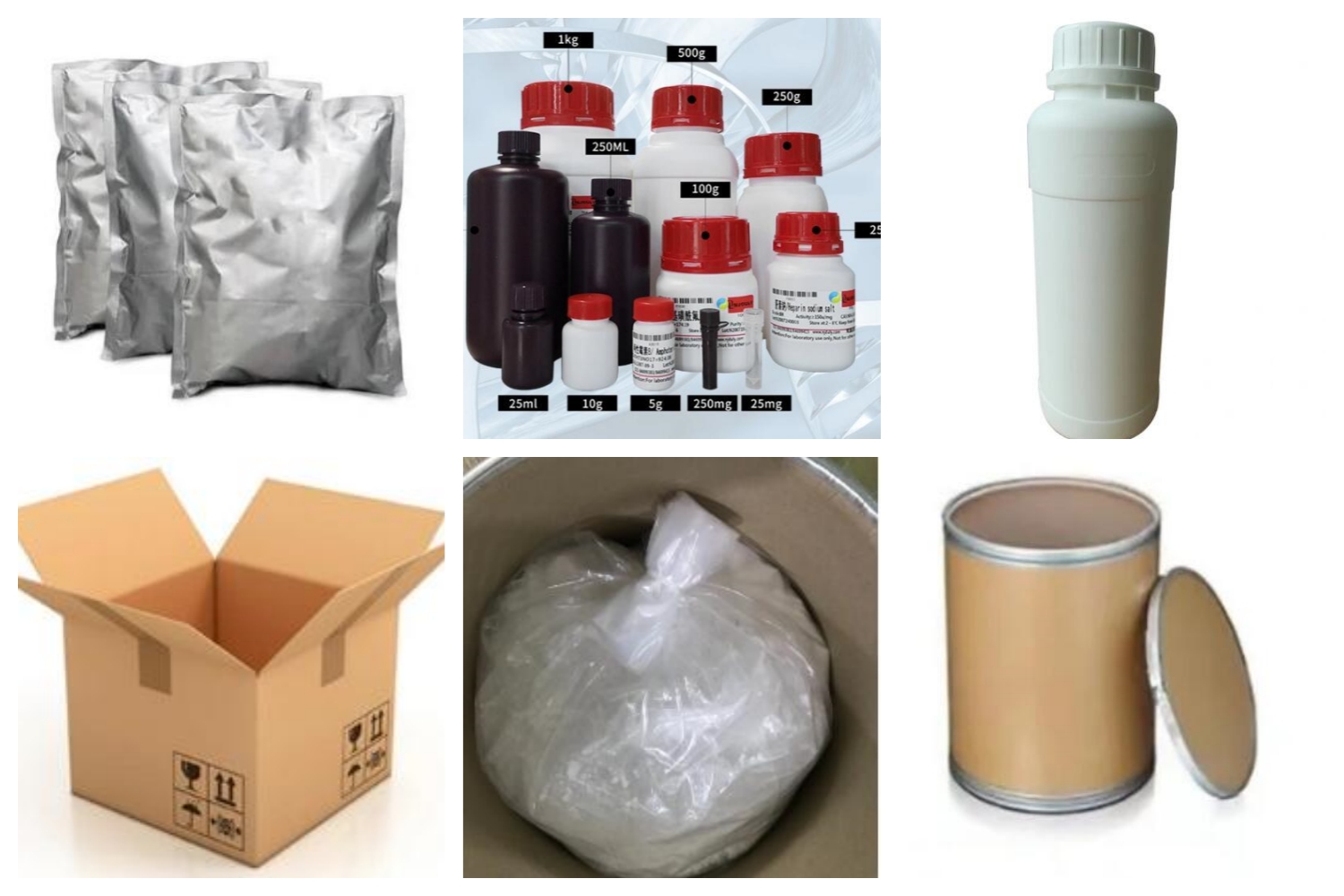
| Composition | C4H8N2O3 |
| Assay | 99% |
| Appearance | White powder |
| CAS No. | 556-50-3 |
| Packing | Small and bulk |
| Shelf Life | 2 years |
| Storage | Store in cool and dry area |
| Certification | ISO. |


